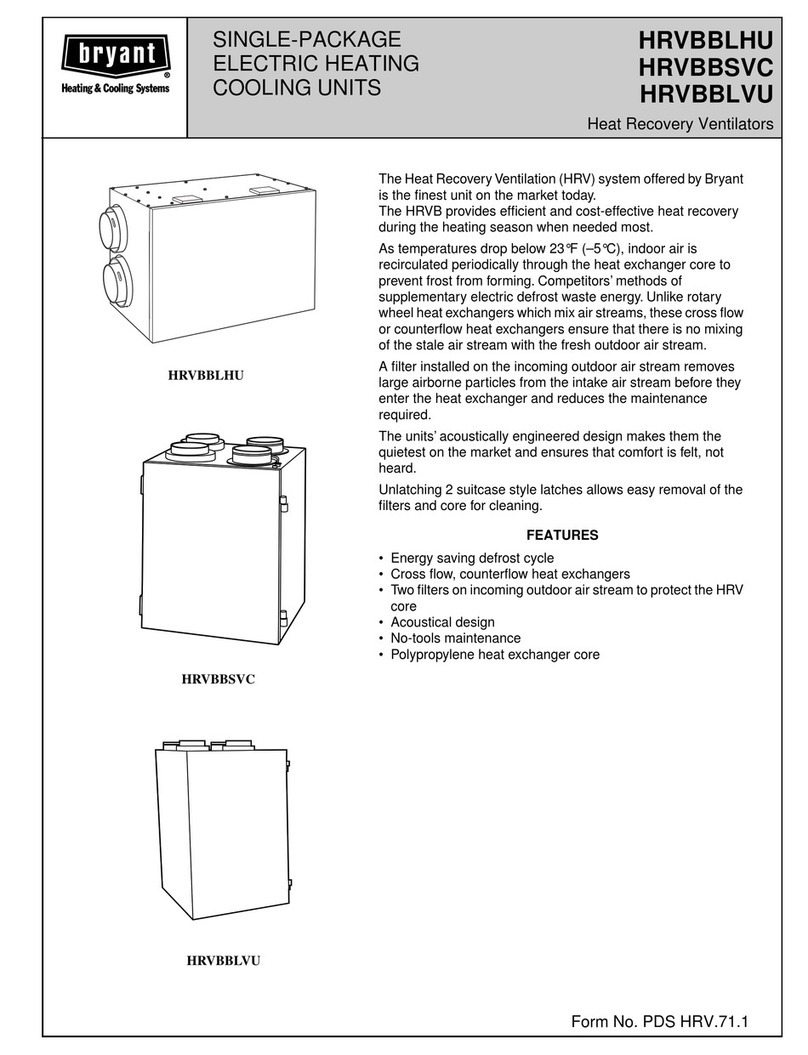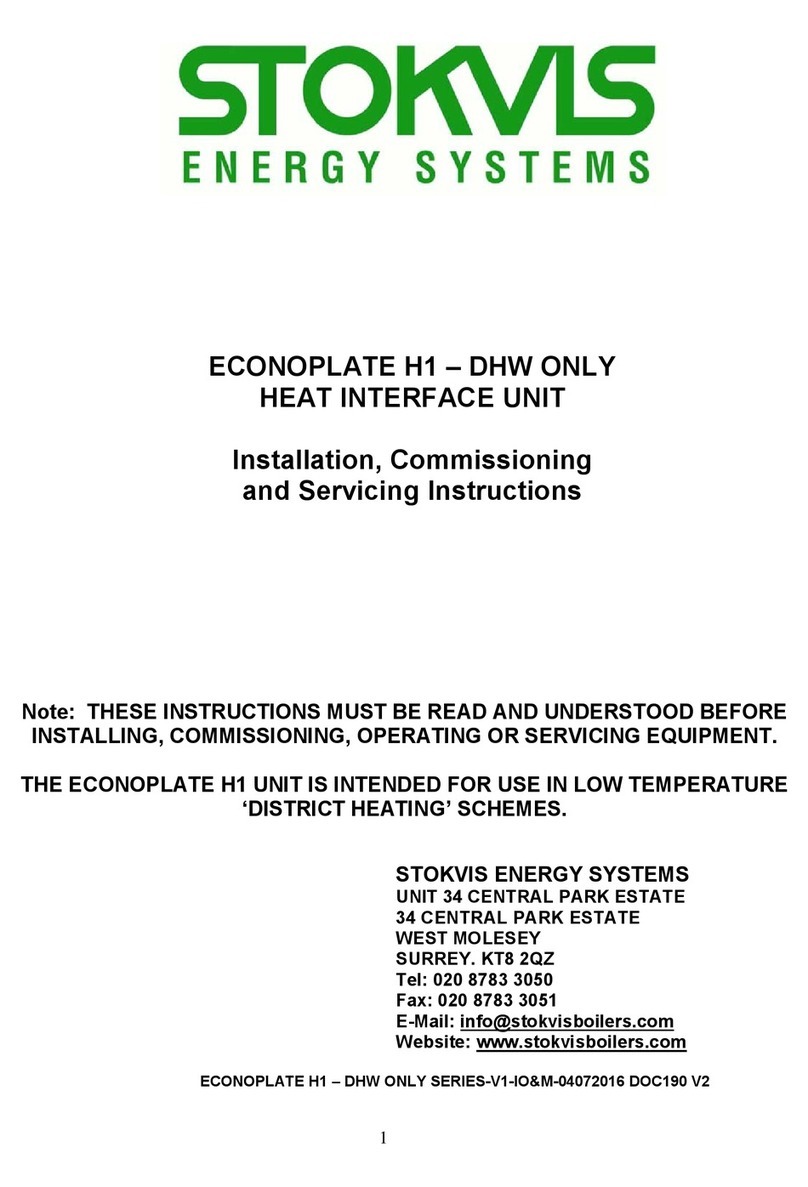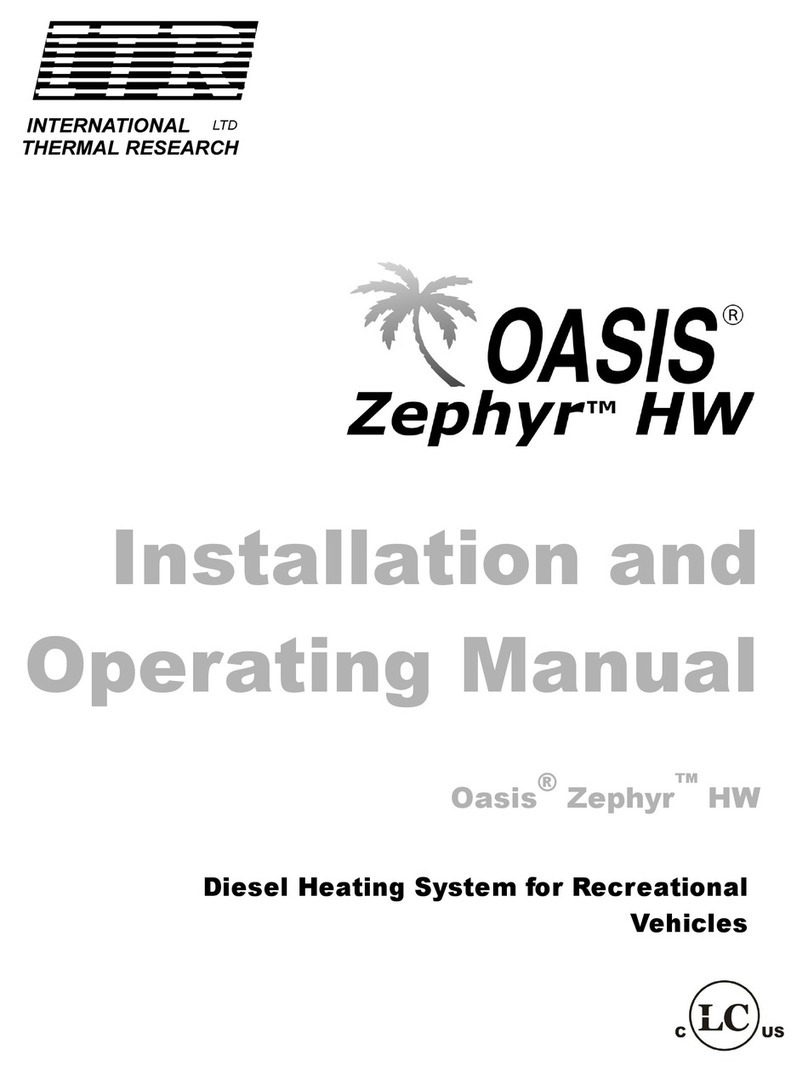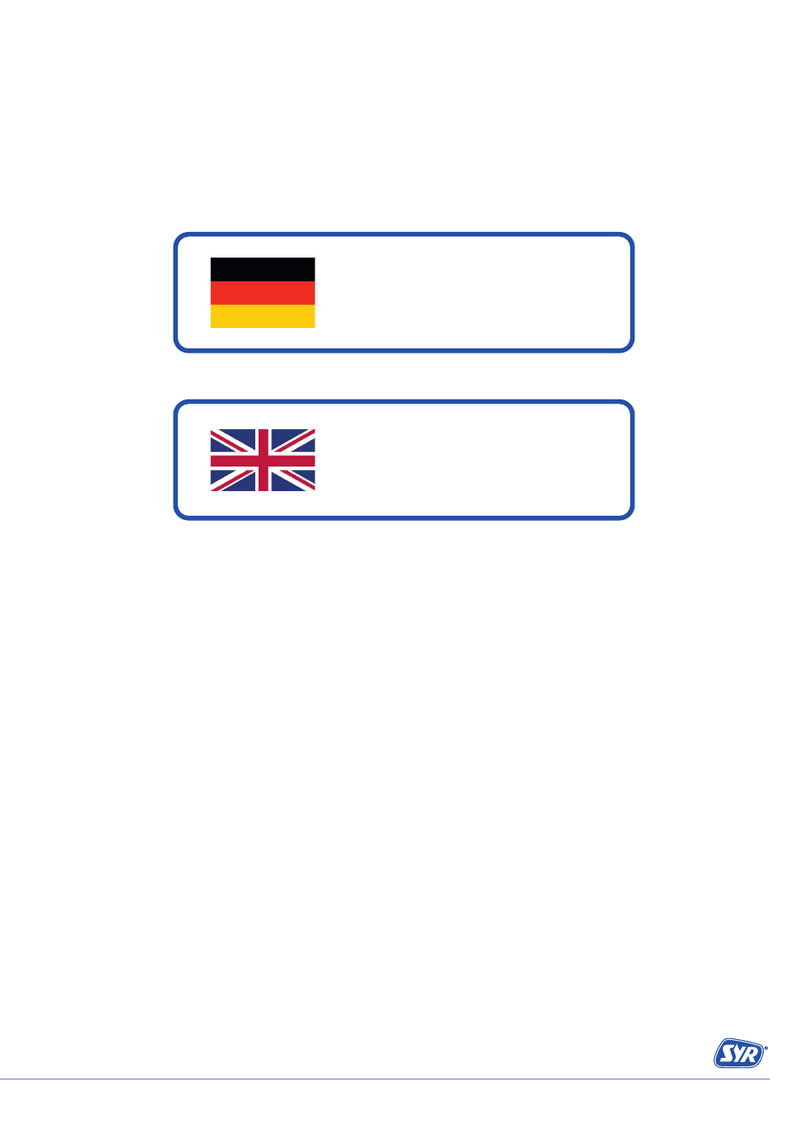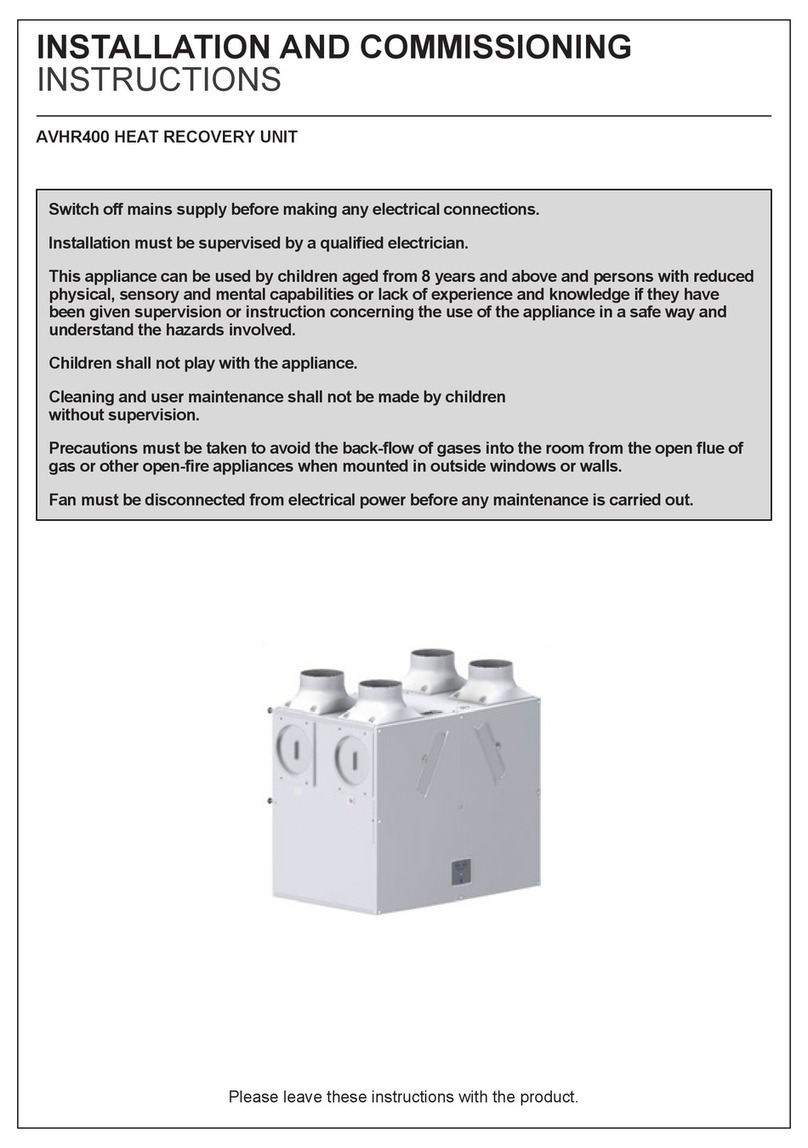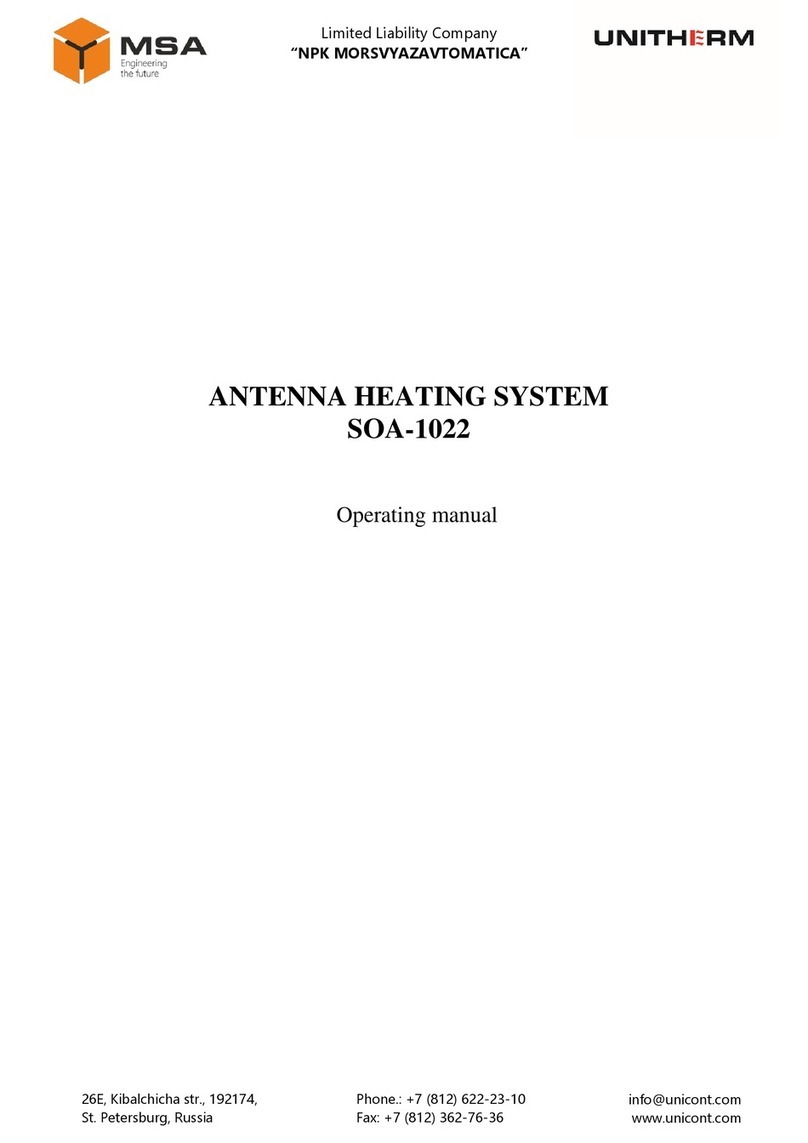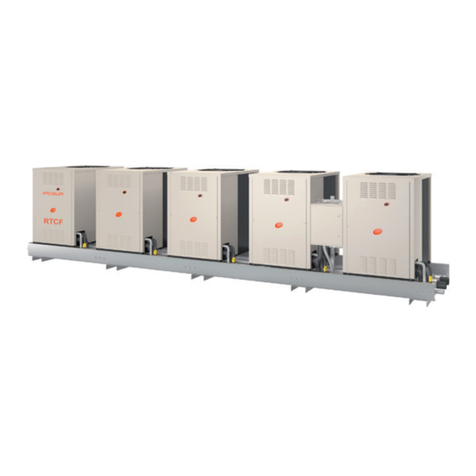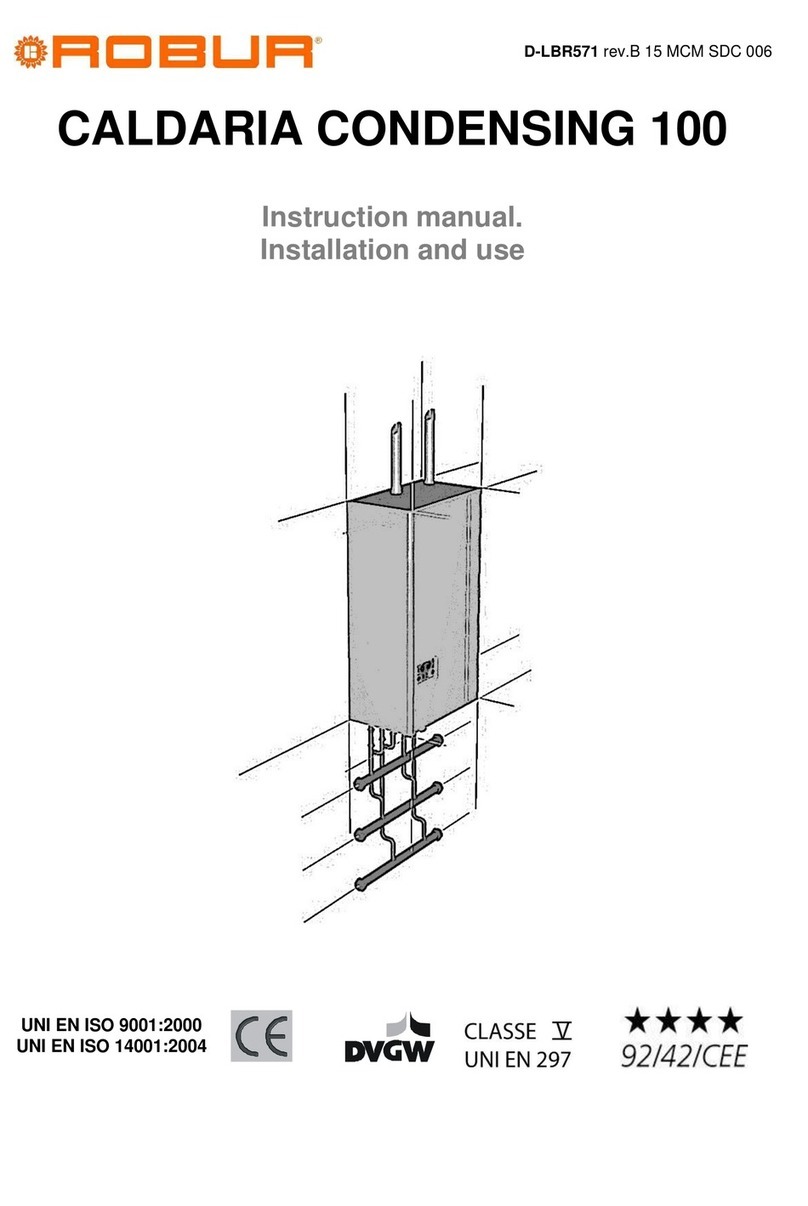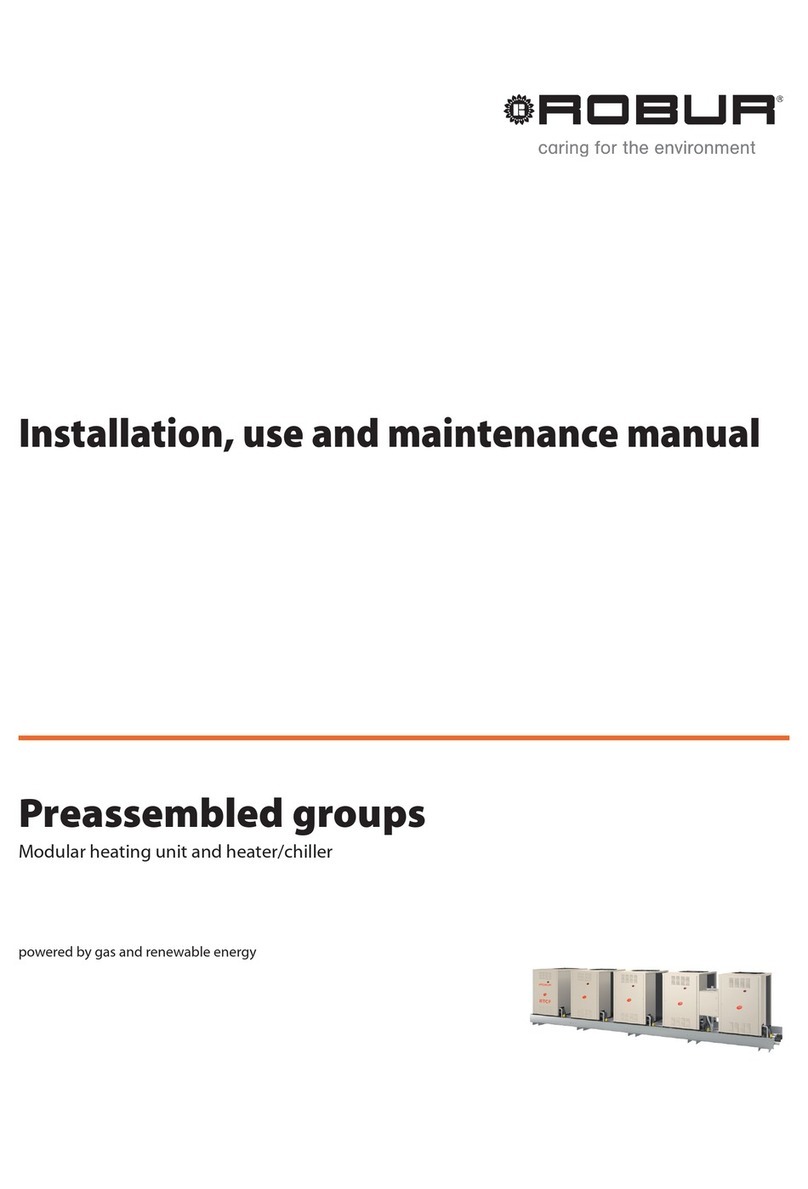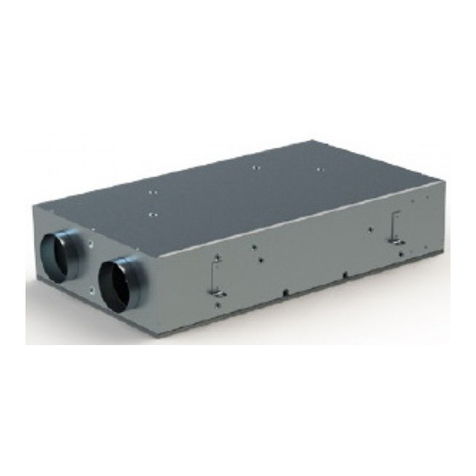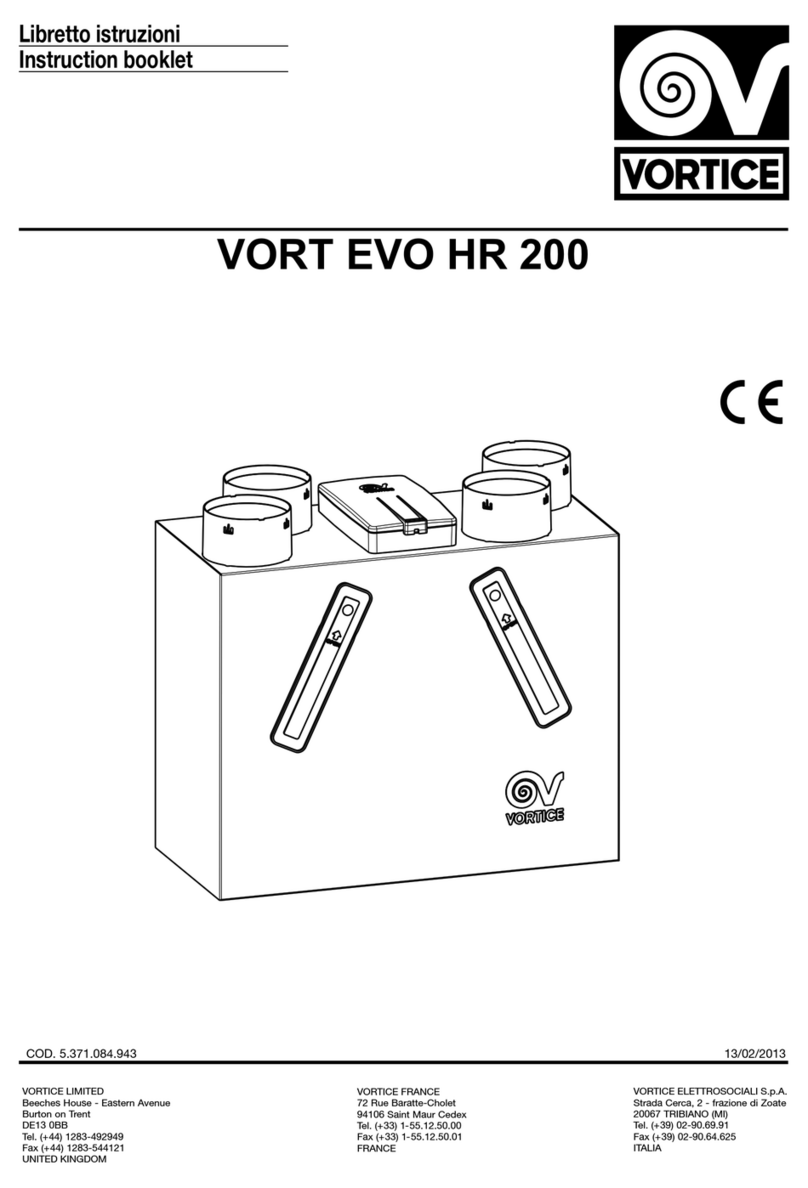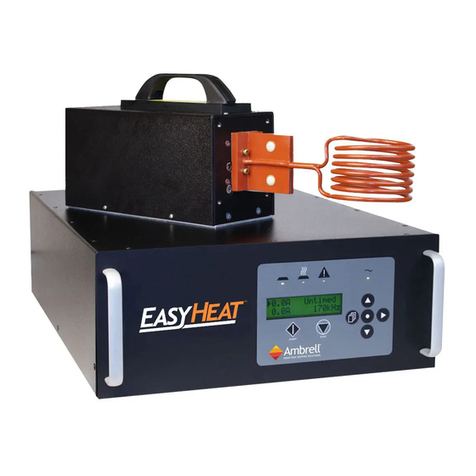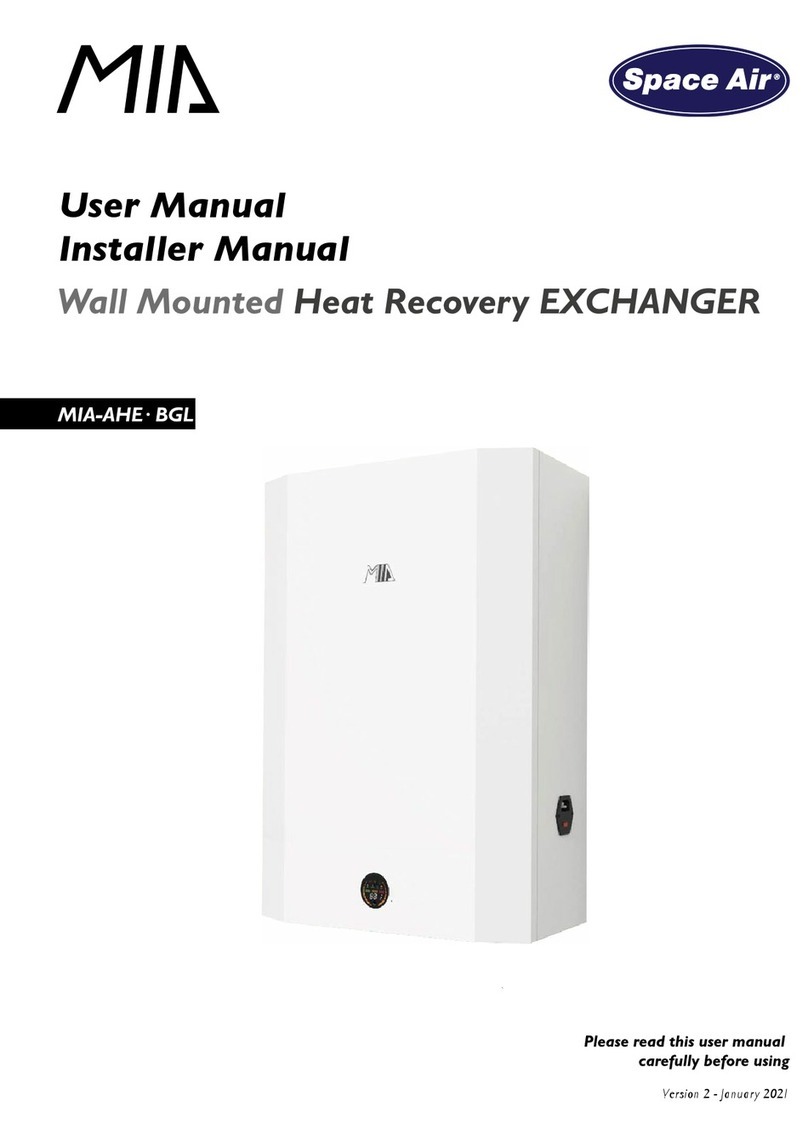
Heating engineer
Installation, use and maintenance manual – Gitié AHAY 19
4
from weathering and freezing, insulated for ther-
mal dispersion.
Sizing of the pipes, according to the supplied circu-
lator, must grant the nominal water ow required
for the correct operation of the system.
When using glycol water, take this into account
when selecting the pipe material and calculating
the additional pressure drop generated by the
presence of glycol (Paragraph 4.2.11.2
p.23
).
B. of the residual head data reported in Paragraph
2
p.13
.
Connect the outlet of the boiler safety valve (Figure
1.6
p.11
) to a suitable drain. The manufacturer is
not liable for any damage caused by the opening
of the safety valve in the event of system overpres-
sure.
4.2.1 Primary and secondary circuit
In many cases it is advisable to divide the hydraulic system
into two parts, primary and secondary circuit, uncoupled
by a hydraulic separator, or possibly by a tank that also
acts as inertial tank/buer.
See for example the diagrams in Paragraph 4.2.8
p.22
.
4.2.2 Minimum water content
High thermal inertia is conducive to ecient appliance
operation. Very short ON/OFF cycles are to be avoided.
▶
If necessary, provide for an inertial volume, to be suita-
bly sized (see design manual).
4.2.3 4-pipe version hydraulic connections
on the right, at the bottom, connection plate (Figure
1.5
p.11
).
▶
OUT-AY AY water outlet connection Ø 1 1/4" F
▶
IN-AY AY water inlet connection Ø 1 1/4" F
▶
OUT-GAHPGA GAHP/GA water outlet connec-
tion Ø 1 1/4" F
▶
IN-GAHP/GA GAHP/GA water inlet connection Ø 1
1/4" F
▶
SC Condensate drain connection (outside diameter
25 mm, inside 21 mm)
4.2.4 2-pipe version hydraulic connections
on the right, at the bottom, connection plate (Figure
1.4
p.10
).
▶
OUT Water outlet connection Ø 1 1/4" F
▶
IN Water inlet connection Ø 1 1/4" F
▶
SC Condensate drain connection (outside diameter
25 mm, inside 21 mm)
4.2.5 Pipe cleaning
Pipe cleaning
Before connecting the appliance,accurately wash
the water and gas piping and any other system
component, removing any residue.
4.2.6 Minimum components of water circuit
Always provide, near the appliance:
▶
on water piping, both outlet and inlet
2 antivibration joints on water ttings
2 pressure gauges
2 isolation ball valves
▶
on the inlet water piping
1 separator lter
1 Flow regulator valve
▶
on the water outlet pipe (only for 4-pipe version and
only for the GAHP/GA unit)
1 safety valve (3 bar)
1 expansion tank of the individual unit
The AY unit is equipped with its own 10 l internal
expansion tank and a safety valve, which in the
2-pipe version are also eective for the GAHP/
GA unit. Depending on the water content of the
system, assess the need for additional expansion
tanks.
4.2.7 System lling
For the calculation of the total water content to be
loadedin thesystemit is necessary toadd the water
content of the appliance (Paragraph 2.1
p. 13
)
and of the distribution terminals to the water con-
tent in the pipes and in other elements that make
up the system (tanks, hydraulic separators, etc.).
Proceed with the lling of the system as follows.
A lling tap on the system must be provided for ll-
ing the system.
At the rst power supply of the boiler and each
time the power supply is restored, an automatic
system venting cycle is activated. The display will
show the code F33 for the entire duration of the
cycle (5 minutes for the rst power supply, 2 min-
utes for the following ones).
To access the display of the boiler, remove the front
panel of the boiler, as shown in Figure 6.2
p.33
.
4.2.7.1 GAHP A
How to ll up the system
After completing all water, electrical and gas
connections:
1. Pressurise (at least 1,5 bar) and vent the hydraulic
circuit.
2. Let water ow (with burner o) by activating the
service request and deactivating it before the
burner is ignited.
3. Check and clean the lter on the inlet pipe.
4. Repeat items 1, 2 and 3 until the pressure has stabi-




















